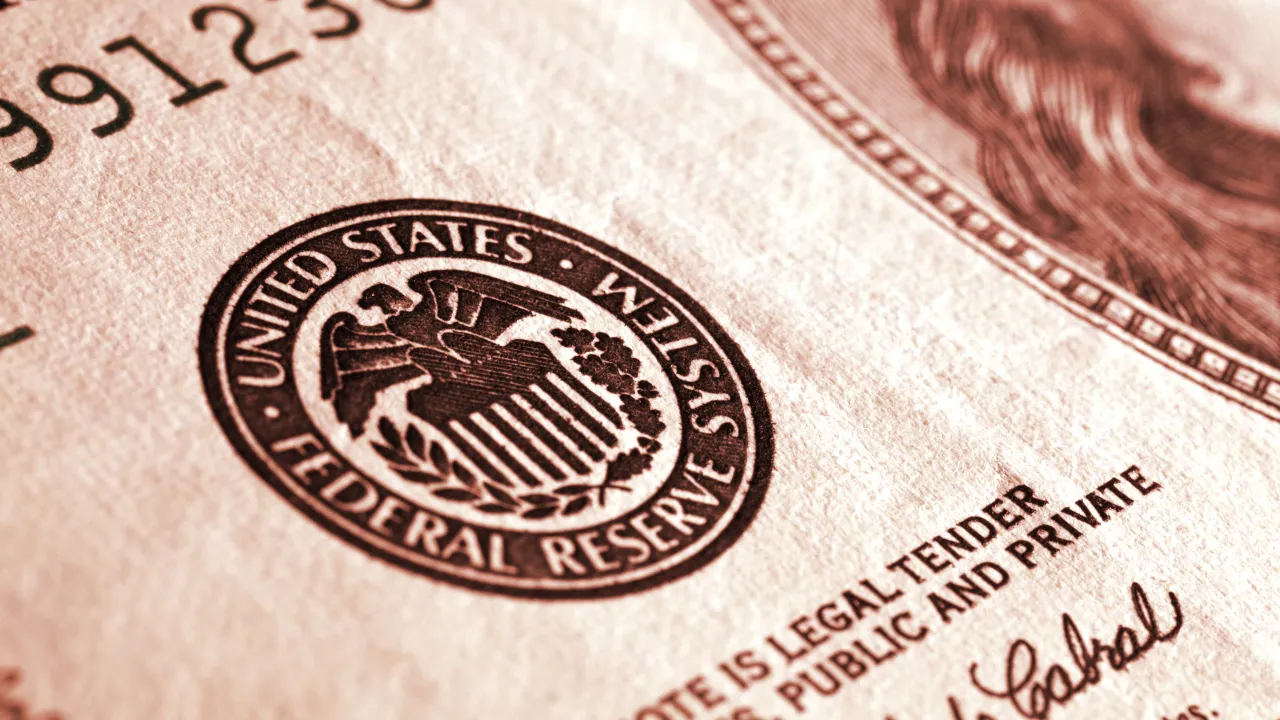The Federal Reserve delivered an interest rate hike of 75 basis point today, lifting the target range of its benchmark interest rate to between 2.25% and 2.5%.
The move met the expectations of analysts, who predicted the Fed would lift interest rates by 75 basis points this month. Less than a week ago, the European Central Bank shocked investors as it raised interest rates for the first time in 11 years, delivering a larger-than-expected rate hike of 50 basis points.
Ahead of today’s meeting where the Fed made its announcement, both crypto and the stock market saw some relief. Major stock indexes were up, including the S&P 500 (1.39%) and the tech-heavy Nasdaq (2.48%), along with the Dow Jones Industrial Average (0.3%), as today’s meeting began, according to Nasdaq.
Bitcoin and Ethereum were up over the past 24 hours, increasing by 5.4% and 12.5%, respectively, according to CoinMarketCap. Bitcoin jumped by 3% in the last hour following the Fed's announcement while ETH increased in price by 4.8%. However, they have both seen declines in the past seven days and the total value of all cryptocurrencies temporarily dipped below $1 trillion earlier this week on Tuesday.
Central banks across the globe have been raising interest rates to restore price stability and get rampant inflation under control. In the U.S., the Fed delivered its steepest interest rate hike since 1994 last month to combat rising prices, which are increasing at their fastest pace in over four decades.
The central bank is trying to rein in inflation before it becomes entrenched in the economy. But if the Fed is too aggressive in tightening the economy it could tip the U.S. into a recession. It has been issuing what’s known as forward guidance, communicating its outlook on the economy and potential policy to influence market expectations.
Depository institutions like banks maintain balances with the Fed, and the federal funds rate determines how expensive it is for them to borrow from and lend to each other using those funds. Rate hikes have a ripple effect throughout the financial system, making it more expensive for businesses and consumers to take out loans and effectively cools down the economy by diminishing demand.
As interest rates dampen growth prospects for companies traded on Wall Street, institutional investors have been swapping stocks and crypto for more secure investments like corporate bonds and U.S. Treasuries, which have less upside than riskier investments but have gains backed by the federal government. Cryptocurrencies have traded in correlation to speculative tech stocks within the past year, but the similarity showed signs of weakening earlier this month.
The cryptocurrency market has struggled in the face of tighter economic policy since the Fed began raising interest rates in March of this year. Prices have tumbled around the release of inflation reports that guide the Fed’s thinking.
The Fed has a dual mandate of maintaining full employment while keeping prices stable, with a goal of around 2% inflation each year. Supply chain disruptions stemming from coronavirus lockdowns and increased consumer demand fueled by pandemic relief programs have been contributing factors to inflation, among others, including trillions of dollars in economic stimulus that increased the overall money supply.
When inflation first began rearing its head last year, the institution didn’t rush to raise interest rates because it considered rising prices to be transitory and something that would remedy itself on its own. Recently, Jerome Powell, chairman of the Fed has been less resolute in his interpretation of inflation.
“We now understand better how little we understand about inflation,” he said towards the end of June at the European Central Bank (ECB) Forum on Central Banking in Sintra, Portugal. “This was unpredicted.”

